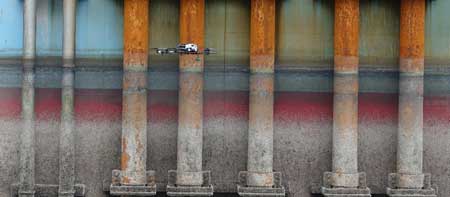 New guidance approach supports industry in the safe and effective deployment of next generation drone and unmanned aircraft systems (UAS) technology that can significantly improve productivity gains through reducing risk exposure, survey times and in-service inspection costs of offshore, marine and onshore infrastructure.
New guidance approach supports industry in the safe and effective deployment of next generation drone and unmanned aircraft systems (UAS) technology that can significantly improve productivity gains through reducing risk exposure, survey times and in-service inspection costs of offshore, marine and onshore infrastructure.
Lloyd’s Register’s first phase of its guidance notes for drones and Unmanned Aircraft Systems (UAS) is launched today, giving operators in the energy and marine industries confidence in using UAS for offshore, marine and onshore surveys and in-service inspections.
“We are developing these guidance notes to provide a consistent approach to risk in UAS and drone deployment, offering practical operational considerations relating to regulations, personnel, quality, safety, hardware, software and operations,” says Lloyd’s Register’s Chief Technology Officer, Nial McCollam.
McCollam highlights: “Technology and innovation in the area of digital data, sensing technologies, unmanned systems and robotics are here to stay. We see an exciting and important journey ahead, and anticipate our efforts to increase and continue.”
UAS, commonly known as drones, provide an effective alternative to traditional methods of in-service operational assessment and survey, especially structures and assets at significant heights, difficult to access locations and hazardous environments.
Major operators such as Shell and Maersk Drilling are among early adopters of innovative technology with safety and quality as a priority.
“Shell views human and environmental safety as paramount in all of its operations. The use of robotic technology for inspection purposes reduces the need for personnel working in enclosed spaces and at heights. Minimizing risk across the industry by utilizing cutting edge technology in this way is of great importance to Shell,” says Adri Postema, General Manager of Shell Shipping and Maritime, Technology.
To unlock this potential, collaboration among industry partners throughout the value chain will be critical. In collaboration with Lloyd’s Register, Maersk Drilling and partners have conducted a number of pilots to assess UAS capabilities for inspection at heights and difficult areas.
“We can see the technology has many potential applications, and it has triggered ideas on new applications. One area we want to focus on is the safety aspect of this new technology, and how we integrate it with existing safety processes, and ensure we use it to enhance safety, and to limit the introduction of new risks. It only takes one or two accidents or near miss reports to set a bad record for robotics and unmanned systems in the industry, so the guidance notes will help the industry take into consideration important considerations,” says Jan Holm, Managing Director of Maersk Drilling Singapore.
The guidance notes from Lloyd’s Register will be updated regularly to provide industry with the latest practical information on issues such as how best to use UAS for inspection in confined spaces which is particularly relevant in energy and marine applications where Class surveys are needed, and which also improves safety for human life.
“In the past, small commercial UAS technology can be traced back to remote-controlled hobby aircraft, requiring significant skills to operate. However, rapid advancements in hardware and software including air stabilization, pre-flight planning tools, obstacle detection and avoidance technology have transformed these small aircraft into viable business tools that is likened to high-definition eyes in the sky,” says Chris Chung, Head of Strategic Research at Lloyd’s Register.
UAS are piloted remotely or autonomously, which reduces the need to send personnel into high-risk and challenging environments. This provides a real opportunity to decrease the number of falls and fatalities that occur due to traditional methods of working at heights, as reported by the US Bureau of Labor, Safe-Work Australia and the UK’s Health and Safety Executive.
Unlocking further potential
In March 2016, the Lloyd’s Register Foundation convened an international panel of industry and academic experts for a two day workshop on Robotics and Autonomous Systems (RAS) to identify current state of the art and the white space where the Foundation can add significant impact and contribution in line with its charitable objectives. The review will be published as part of the Foundation’s Foresight Review series of reports later this year. The Foundation is expecting to make a significant grant investment in RAS to deliver the findings from the report.
”We have been looking into robotics and unmanned systems for years, not just on the technology but also on design codes, policies and guidelines on safe and sustainable deployment. We see UAS as part of the unmanned systems and robotics story, which also includes underwater and ground-based systems,” highlights Chung.
“In addition to tried and tested applications such as safely inspecting assets of flare stacks and other outdoor critical infrastructure, we are collaborating with industry to enable inspection of the undersides of offshore structures maritime vessels and confined spaces such as storage tanks,” says Chung. “With increasing capabilities, we believe UAS will in the future have the ability to autonomously follow a pre-defined flight path, enabling higher measurement accuracy and repetition of collecting more relevant data and operational defects while inspecting and data-gathering in real-time.”
UAS also has a fundamental part to play in emergency response and improving situational awareness.
“A major challenge in any emergency situation is the lack of timely and accurate information on which to base informed decisions. In such instances, UAS can be used to gather data without sending in personnel, or at least limiting their risk exposure,” says Chung.
You can find out more about our UAS work with industry here.


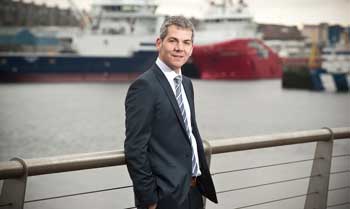 Fraser Moonie, chief operating officer of Bibby Offshore
Fraser Moonie, chief operating officer of Bibby Offshore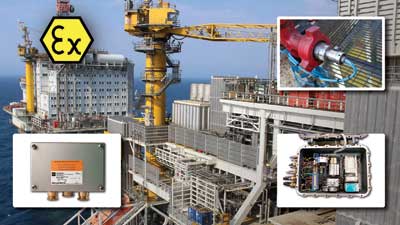 Seagull Oil & Gas
Seagull Oil & Gas
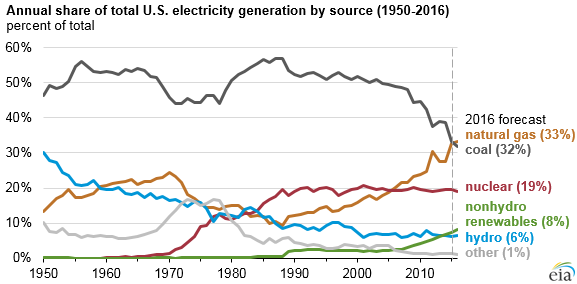
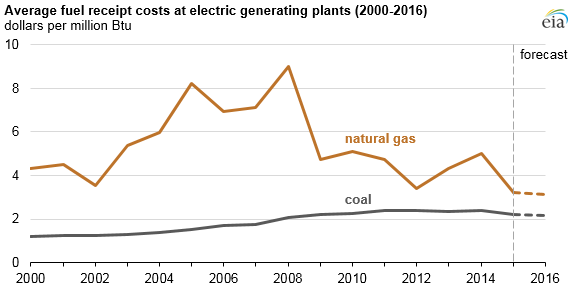
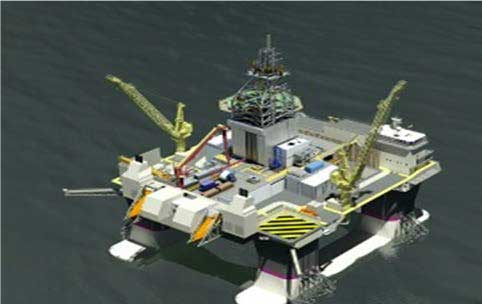 Songa Offshore
Songa Offshore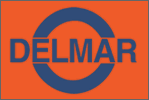 The proprietary Delmar Quick Release (DQR) was successfully installed and activated on a traditionally moored semi-submersible MODU in the US Gulf of Mexico. Eight DQRs were installed in an offshore mooring systems and deployed for over 160 days in approximately 7800' of water.
The proprietary Delmar Quick Release (DQR) was successfully installed and activated on a traditionally moored semi-submersible MODU in the US Gulf of Mexico. Eight DQRs were installed in an offshore mooring systems and deployed for over 160 days in approximately 7800' of water.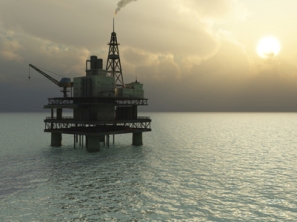 Department of the Interior Assistant Secretary for Land and Minerals Management Janice Schneider and Bureau of Ocean Energy Management (BOEM) Director Abigail Ross Hopper announces that the March 23rd, oil and gas lease sales in the Gulf of Mexico garnered $156 million in high bids for 128 tracts covering 693,962 acres in the Central Planning Area of the Outer Continental Shelf offshore Louisiana, Mississippi and Alabama.
Department of the Interior Assistant Secretary for Land and Minerals Management Janice Schneider and Bureau of Ocean Energy Management (BOEM) Director Abigail Ross Hopper announces that the March 23rd, oil and gas lease sales in the Gulf of Mexico garnered $156 million in high bids for 128 tracts covering 693,962 acres in the Central Planning Area of the Outer Continental Shelf offshore Louisiana, Mississippi and Alabama. New guidance approach supports industry in the safe and effective deployment of next generation drone and unmanned aircraft systems (UAS) technology that can significantly improve productivity gains through reducing risk exposure, survey times and in-service inspection costs of offshore, marine and onshore infrastructure.
New guidance approach supports industry in the safe and effective deployment of next generation drone and unmanned aircraft systems (UAS) technology that can significantly improve productivity gains through reducing risk exposure, survey times and in-service inspection costs of offshore, marine and onshore infrastructure. Photo credit: BSEE
Photo credit: BSEE The next
The next 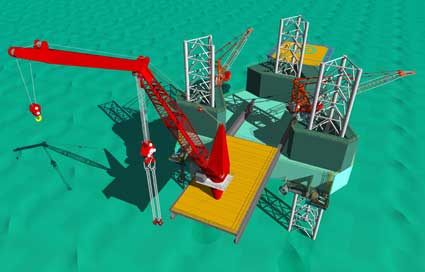 William Jacob Management Inc. (WJM)
William Jacob Management Inc. (WJM)
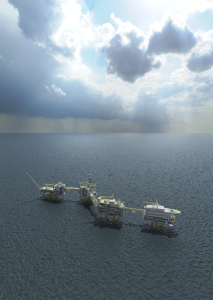 Johan Sverdrup is by far the largest ongoing project on the Norwegian Continental Shelf for the next few years. Credit: Statoil ASA
Johan Sverdrup is by far the largest ongoing project on the Norwegian Continental Shelf for the next few years. Credit: Statoil ASA 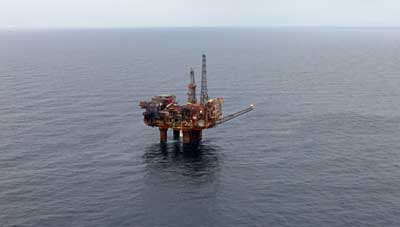 TAQA Eider Platform
TAQA Eider Platform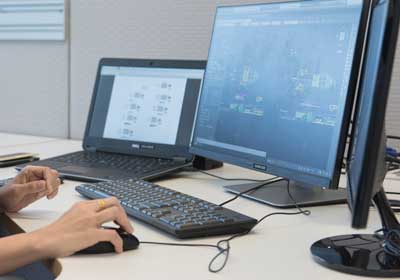 INDUSTRY CAUGHT IN CATCH 22, SAYS DNV GL
INDUSTRY CAUGHT IN CATCH 22, SAYS DNV GL